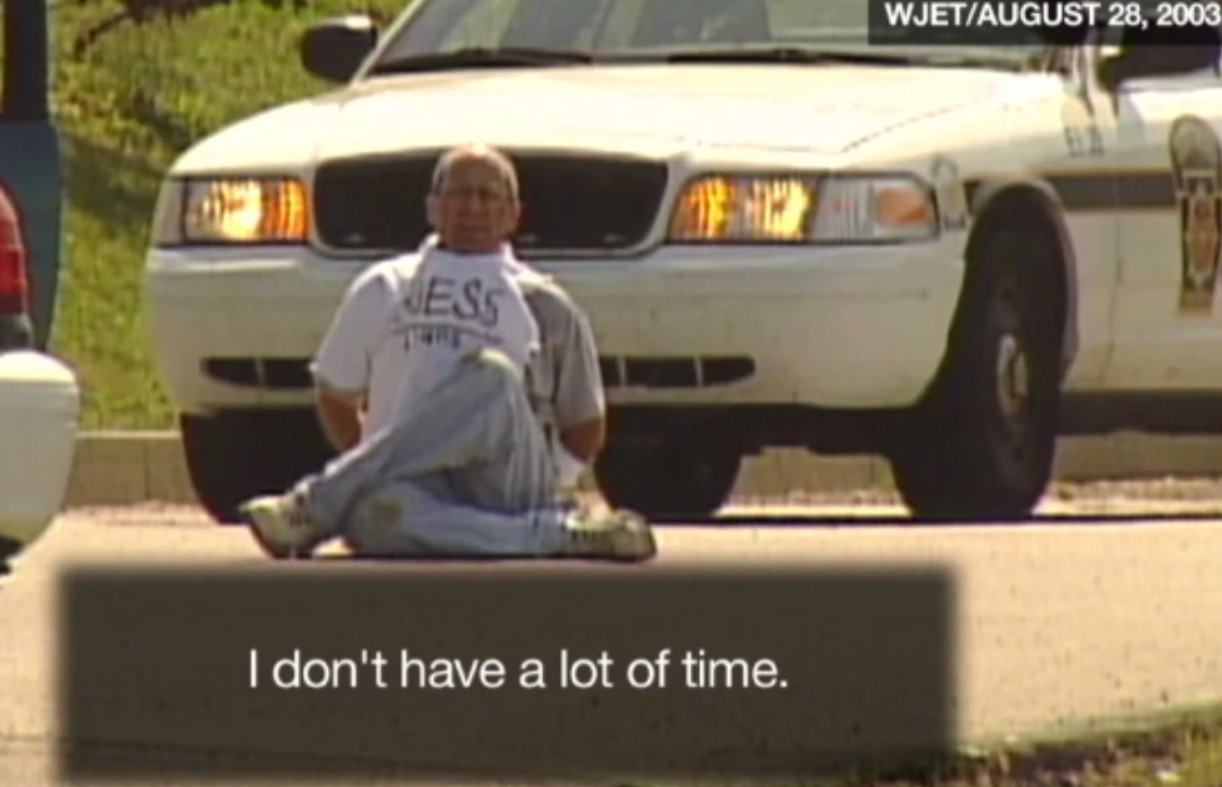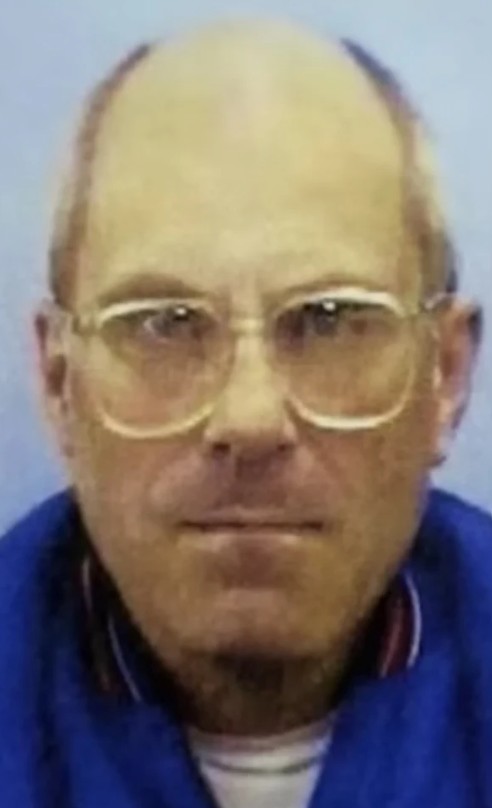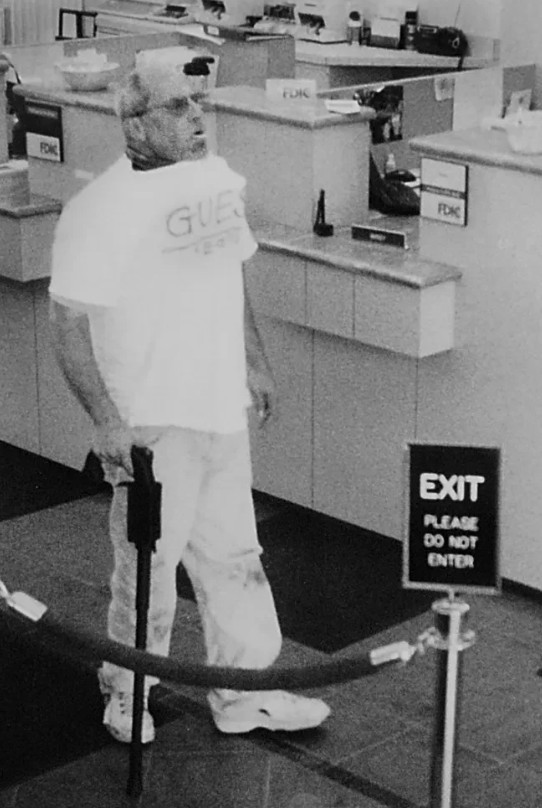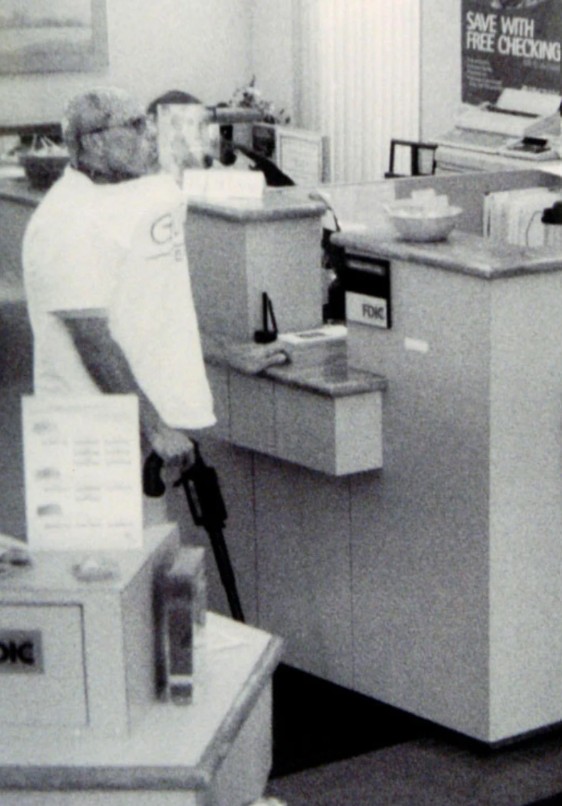Brian Wells Video and Truth Behind the Pizza Bomber Case
On August 28, 2003, the quiet town of Erie, Pennsylvania, witnessed one of the most bizarre and unsettling crimes in modern American history. A pizza deliveryman named Brian Wells walked into a bank with a live bomb locked around his neck and demanded money. Minutes later, he was caught by police, handcuffed, and left sitting in a parking lot while they awaited a bomb squad. Tragically, the device detonated before help could arrive, killing him in a gruesome and public explosion.
For years, the question haunted the community and investigators alike: was Brian Wells a willing accomplice in an elaborate heist gone wrong, or was he a tragic pawn in a deadly game orchestrated by others? After years of dead ends and public frustration, federal authorities now believe they have uncovered the full story.
Content
A Day That Shocked the Nation and Video
On that fateful afternoon in 2003, 46-year-old Brian Wells entered the PNC Bank in Erie, Pennsylvania, holding a cane shaped like a shotgun. Around his neck was a metal collar bomb, fastened with four keyholes and an ominous timer ticking down. He handed the teller a note demanding $250,000, claiming he had mere minutes before the bomb exploded.
After walking out with a far smaller sum of money than demanded, Wells was quickly apprehended by police in a nearby parking lot. As they awaited a bomb squad, Wells sat handcuffed and visibly terrified, pleading with officers that he had been forced to rob the bank under threat of death. Roughly 25 minutes later, the bomb went off, killing him instantly in a horrifying moment caught on live news coverage.
Early Investigation and Public Mystery
In the immediate aftermath, authorities scrambled to understand what had just occurred. The situation was so bizarre, it bordered on fiction. Was this some kind of twisted plot? Was Wells involved in planning it, or had he simply shown up to deliver a pizza and become ensnared in a criminal web beyond his control?
Initial evidence suggested that Wells had received a call to deliver a pizza to a remote location near a TV tower at the end of a dead-end road. According to his own statements made to police before his death, it was there that he was ambushed by unknown individuals who fastened the bomb around his neck and handed him detailed instructions for robbing the bank.
The instructions, found in his car, read like something from a movie: complete the bank robbery, then follow a series of precise scavenger hunt-like steps to obtain the keys to remove the bomb. Failure to comply, the note warned, would result in death.
Despite the high-profile nature of the crime and massive media attention, no one was immediately charged. Law enforcement was left chasing leads, theories, and questions that often led nowhere.
A Break in the Case
More than three years later, federal officials finally announced that they believed they had solved the mystery. A senior law enforcement official, speaking to The Associated Press under the condition of anonymity, revealed that investigators had uncovered the identities of those behind the plot and how it was executed. Indictments, the official said, were expected within a month.
“The government knows what happened the day of the incident,” the official stated. “We know all the details that led up to the death of Brian Wells and all the parties involved.”
The announcement came after years of extensive investigation by the FBI, ATF, and Pennsylvania State Police. Agents had traveled across the country to interview witnesses, examine evidence, and piece together the tangled narrative.
U.S. Attorney Mary Beth Buchanan, who oversaw the case, met personally with investigators to review findings and prepare for presenting the case to a grand jury.
Key Figure Emerges: Marjorie Diehl-Armstrong
A central figure in the unraveling plot was Marjorie Diehl-Armstrong, a woman already incarcerated for a separate crime. She was serving a 7-to-20-year sentence in state prison after pleading guilty but mentally ill to the 2003 murder of her boyfriend, James Roden.
Roden’s body had been discovered in the freezer of another man named William Rothstein, whose home was notably near the TV tower where Wells had reportedly delivered the fatal pizza. Rothstein himself had died in 2004 from cancer, but before his death, he had told police that Diehl-Armstrong had asked for his help in hiding Roden’s body.
This revelation drew investigators’ attention back to Diehl-Armstrong, who had reportedly been interviewed several times by the FBI in connection to Wells’ death. Though she initially denied involvement, authorities grew increasingly confident that she and others were responsible for devising the bank robbery scheme and that Roden’s murder may have been linked to his knowledge of the plot.
Complications and Dead Ends
Solving the Wells case was no easy task. Complicating the investigation were the deaths of at least two key witnesses. Although Buchanan did not publicly confirm Rothstein as one of the deceased witnesses, his passing in 2004 removed a potentially crucial source of information.
Additionally, the elaborate nature of the plot, with its combination of coercion, possible accomplices, mental health issues, and meticulously planned steps, made it difficult to determine who was truly in charge, and who may have been manipulated.
The Wells Family Speaks Out
Throughout the years of silence and speculation, Brian Wells’ family maintained that he was not a willing participant in the robbery. His brother, John Wells, told reporters that the family would not rest until everyone involved was brought to justice.
“The family will be satisfied when everybody is held to account for their actions that day,” John said. “We want everybody to take responsibility for what they did before and after this happened.”
The family criticized the slow pace of the investigation but hoped that the new indictments would finally bring closure and justice.
Moving Toward Indictments
As of the latest update, Buchanan planned to meet again with investigators to finalize their strategy before presenting the case to a grand jury. That presentation, a formal detailing of the evidence and conclusions, was expected the following month.
Legal proceedings were set to follow, with federal prosecutors hoping to hold those responsible accountable after more than three years of silence and speculation.
Reflections on a Chilling Crime
The Brian Wells case, often referred to in the media as the “Pizza Bomber” incident, remains one of the most disturbing and complex crimes in modern American history. Its bizarre mix of mental illness, deception, and fatal violence fascinated the public, confused investigators, and tore a hole in a quiet community.
Perhaps most tragically, the case showed how ordinary people can become trapped in unimaginable circumstances. Whether Wells was truly a victim or had limited involvement in the plan may still be debated, but his final moments were undoubtedly filled with confusion, terror, and betrayal.
As the legal system finally moves toward closure, one hopes that justice however delayed, will help bring peace to a story long shrouded in mystery.
Daily Hot News -Cierra Ortega Racial Video Controversy Leads to Sudden Exit
Archita Phukan New Viral Video and Photo Leaked
Sophia Hutchins Cause of Death and Dies in ATV Accident
Julian Mcmahon Cause of Death and Dies at 56
When Does The Big Beautiful Bill Go Into Effect
Aces vs Fever and Following Commissioner’s Cup Victory
Mello Buckzz Video and Tragedy at the Mixtape Release




